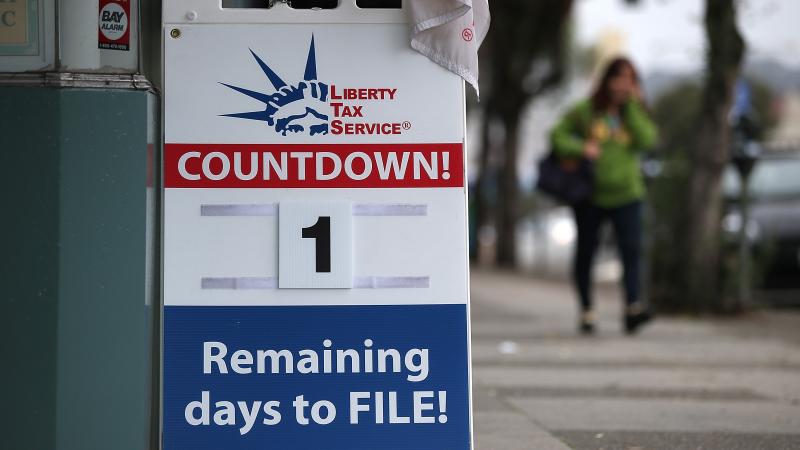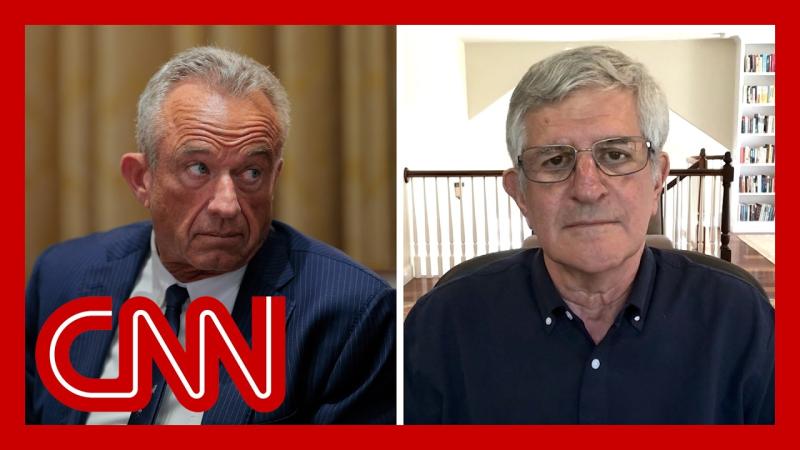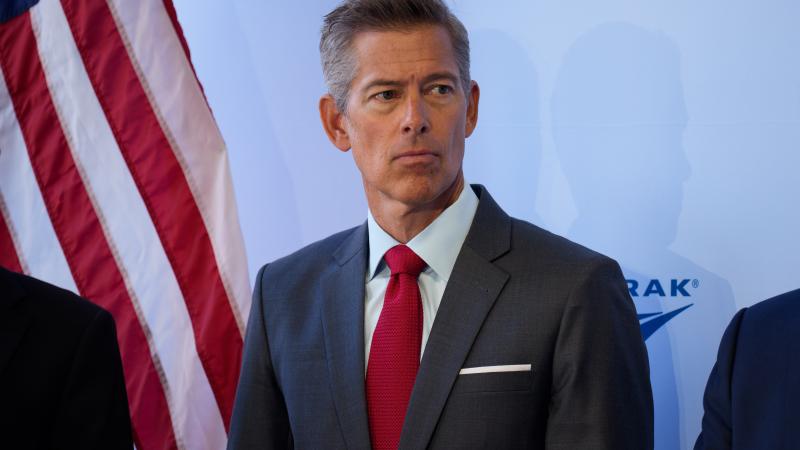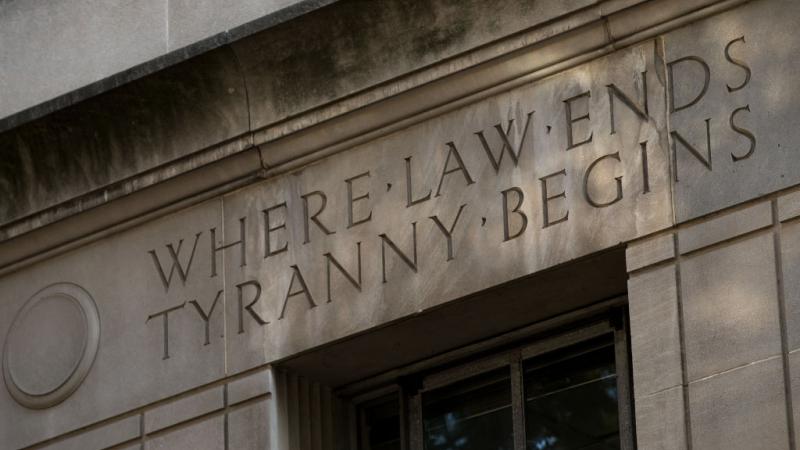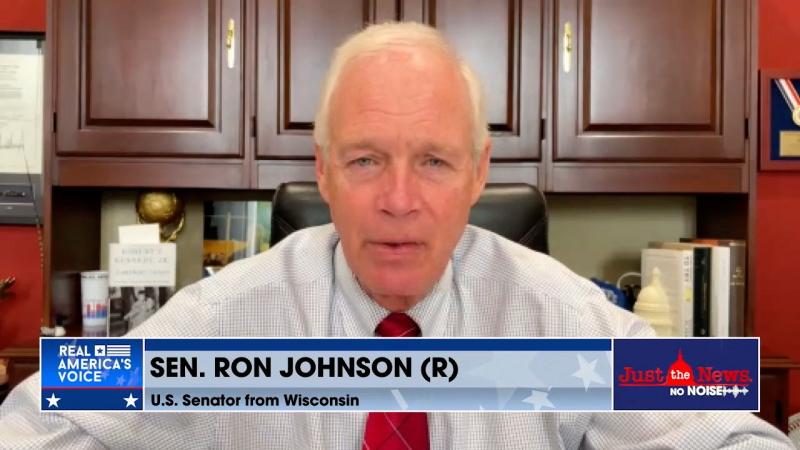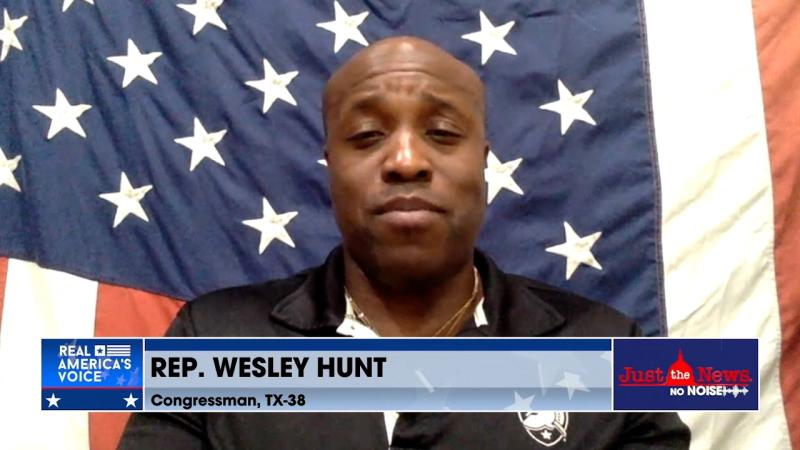No evidence COVID-19 was created in a lab, according to NIH
U.S. scientists who worked with peers from Wuhan lab rebut claims of lax security at research facility.
"A new study debunks" claims that COVID-19 was engineered in a lab "by providing scientific evidence that this novel coronavirus arose naturally," wrote Director of the National Institutes of Health (NIH) Dr. Francis Collins recently in Government Executive.
The new genomic study cited by the renowned leader of the Human Genome Project leaves little doubt that the virus evolved naturally, while reaching no conclusion about how COVID-19 is transmitted to humans.
The study, partly commissioned by NIH, undercuts recent media speculation that the Wuhan Institute of Virology may have lab-engineered COVID-19. Last week's media speculation was triggered by a report in an opinion column in the Washington Post that two U.S. science diplomats in China sent a cable in 2018 allegedly warning the State Department about lax security at the Wuhan Institute.
“Scientific research indicates that there is no evidence that suggests the virus was created in a laboratory,” NIH has now affirmed institutionally for the first time in a statement provided to Just the News.
In interviews with Just the News, two scientists who are familiar with the work of the Wuhan Institute of Virology (WIV) and have worked directly with the lab's Chinese scientists have cast further doubt on the interpretation of the State Department cable as a warning of dangerous security lapses at the facility.
Biomedical research scientist Dennis Carroll, former director of the U.S. Agency for International Development's (USAID) Pandemic Influenza and other Emerging Threats unit, oversaw USAID’s PREDICT, a project funded by the agency to identify new emerging infectious diseases that could become a threat to human health.
Carroll was in Beijing at the time one of the cables cited in the Post article was sent to Washington D.C. “I was chatting with staff over dinner and saw the ‘sensitive but not classified’ communique,” Carroll said. “It was not an alarm to Washington, but a request for support and funding.”
Requests for additional funding for expensive, high-security labs are par for the course, Carroll explained. “Handling of highly contagious pathogens is risky business, and there should always be concerns, and asking for more money and help is not unusual,” he said. “We have a U.S. Chinese partnership, and this request was not atypical, as there are standards for BSL-4, BSL-3, and BSL-2 laboratories. These labs need support. This lab is a BSL-4 lab where there are highly trained scientists, and the labs are expensive.”
Jonna Mazet, an epidemiologist at University of California at Davis, who managed PREDICT’s global scientific teams of nearly 7,000, says she never saw the cables, so she can only respond to what has been reported.
The cable as reported “seem[s] to be referring to the need for support of the BSL-4 lab, which is the highest biosecurity level and would have been used for other studies rather than the relatively safe virus discovery, which is done primarily with inactivated virus,” Mazet said.
There are actually two labs in Wuhan, according to Mazet. One is a level BSL-4 lab, and one is a level BSL-2 lab. The bat research was collected in caves, and then the inactivated virus research was done at the level BSL-2 lab.
Mazet has called the reporting connecting COVID-19 to lab-engineered virus “confusing” because “it mixes the viral discovery work with risks of other types of separate studies that include gain of function,” which Mazet defines as “modifying the virus in the lab to change its ability to infect cells or other functionality.”
While the Post column criticized safety lapses at the lab, it also cited the implicated scientists’ own study reporting that they collected their bat specimens off-site in caves in another province, and followed all safety procedures.
“Bat samplings were conducted ten times from April 2011 to October 2015 at different seasons in their natural habitats at a single location (cave) in Kunming, Yunnan Province, China,” according to the study. “All members of field teams wore appropriate personal protective equipment, including N95 masks, tear-resistance gloves, disposable outwear, and safety glasses.”
Kunming is in Yunnan Province, over 1,000 miles southwest of Hubei Province, site of the Wuhan Institute of Virology.
There has been wide support in the scientific community for the scientists at the Wuhan Institute of Virology and their lab, Mazet told Just the News. “They are prolific in publishing all of their findings rapidly and would have published this new virus had they found it before it emerged in sick people,” she said.
The Wuhan lab critics interviewed by the media have never worked with the scientists there, according to Mazet. “This appears irresponsible to me and likely to continue to unhelpfully fuel unfounded conspiracy theories and distrust across country lines when we desperately need cooperation to solve the current crisis,” she said.
To dispel rumors, the Department of Homeland Security’s Federal Emergency Management Agency has created a Coronavirus Rumor Control website.







